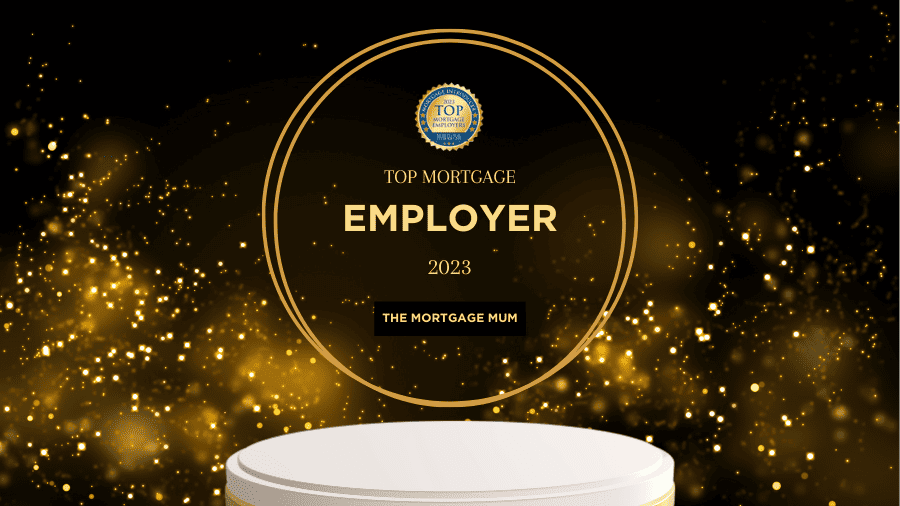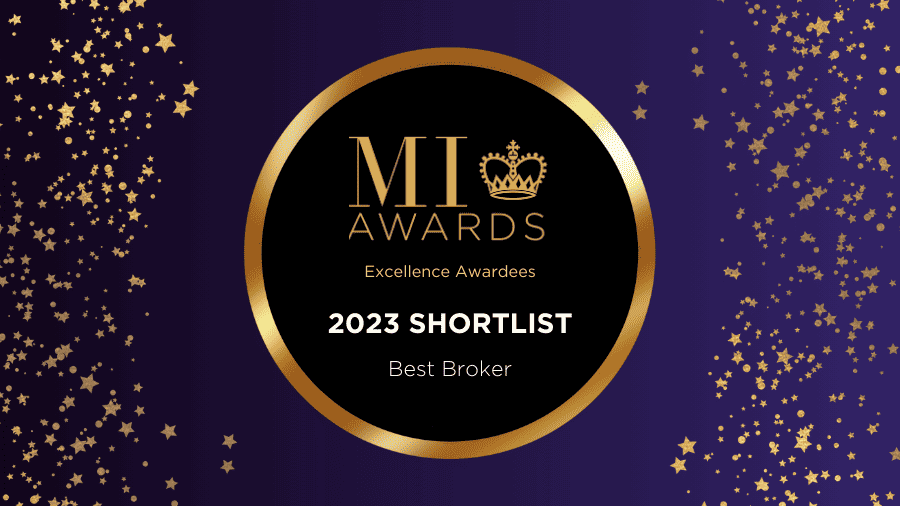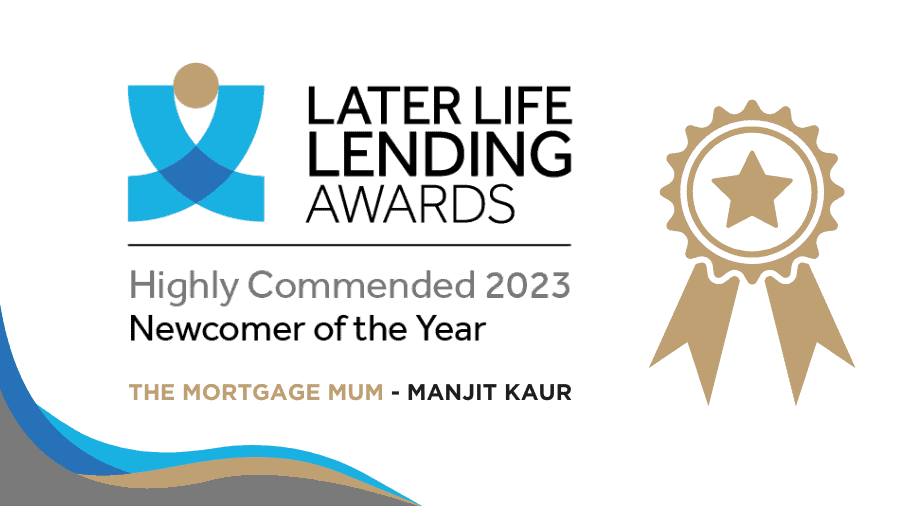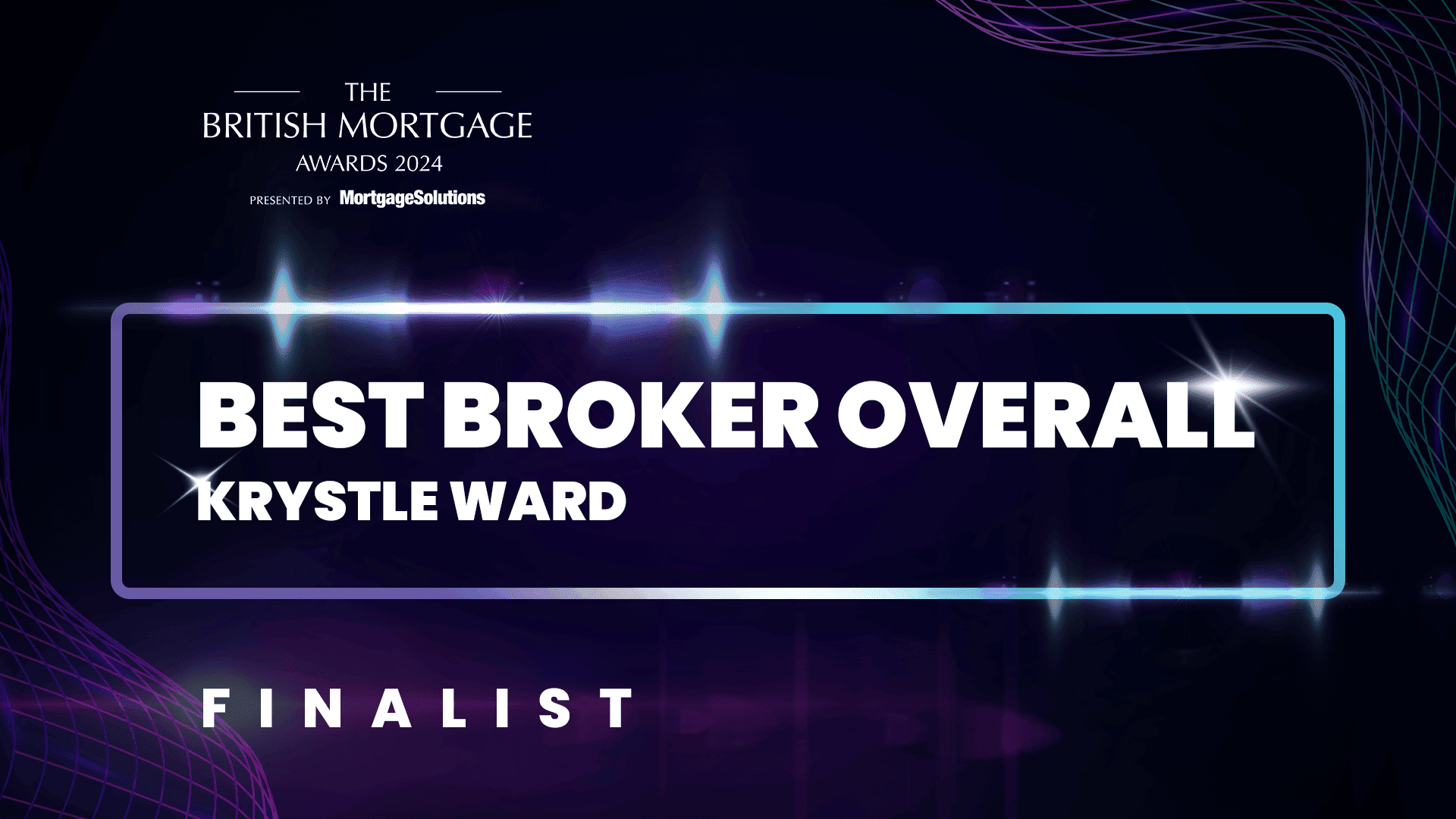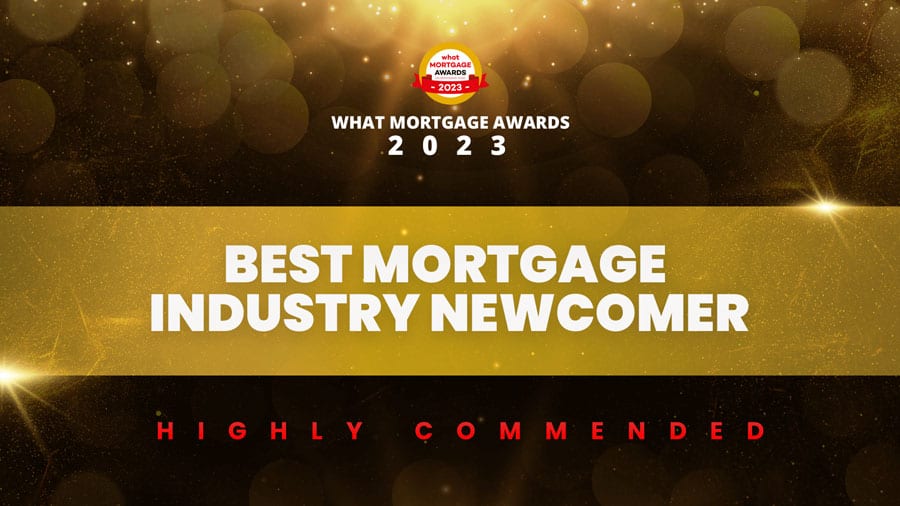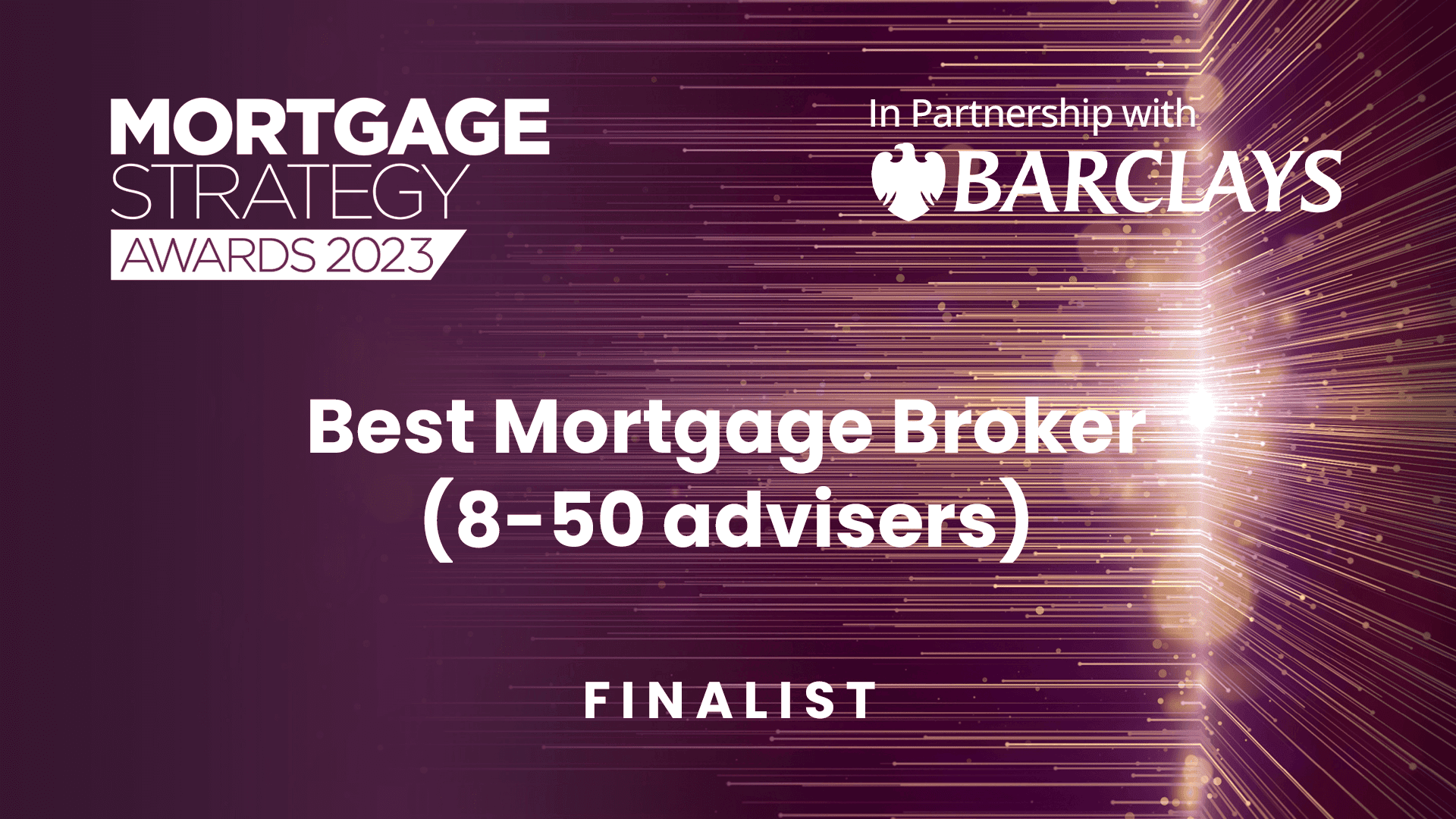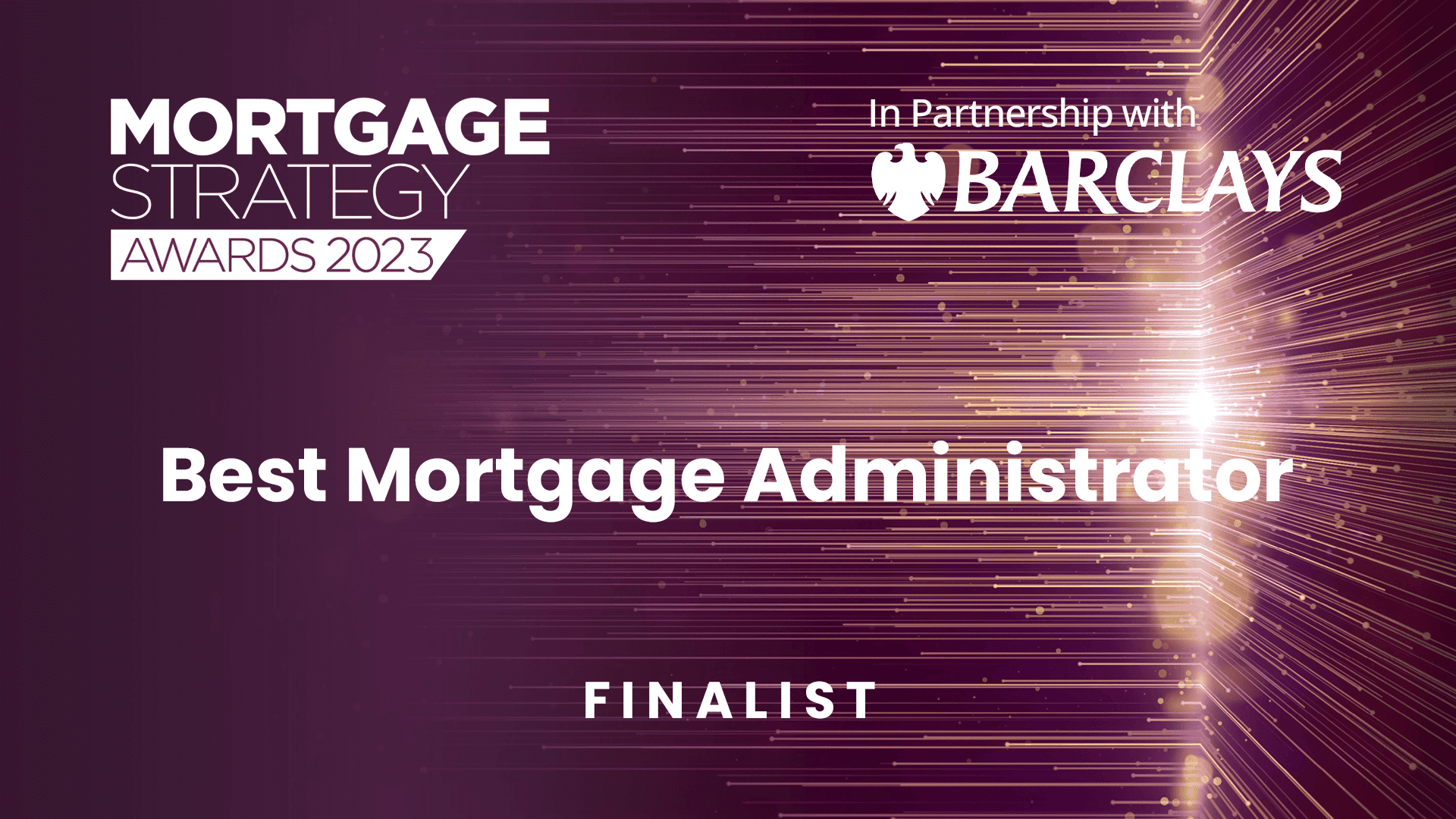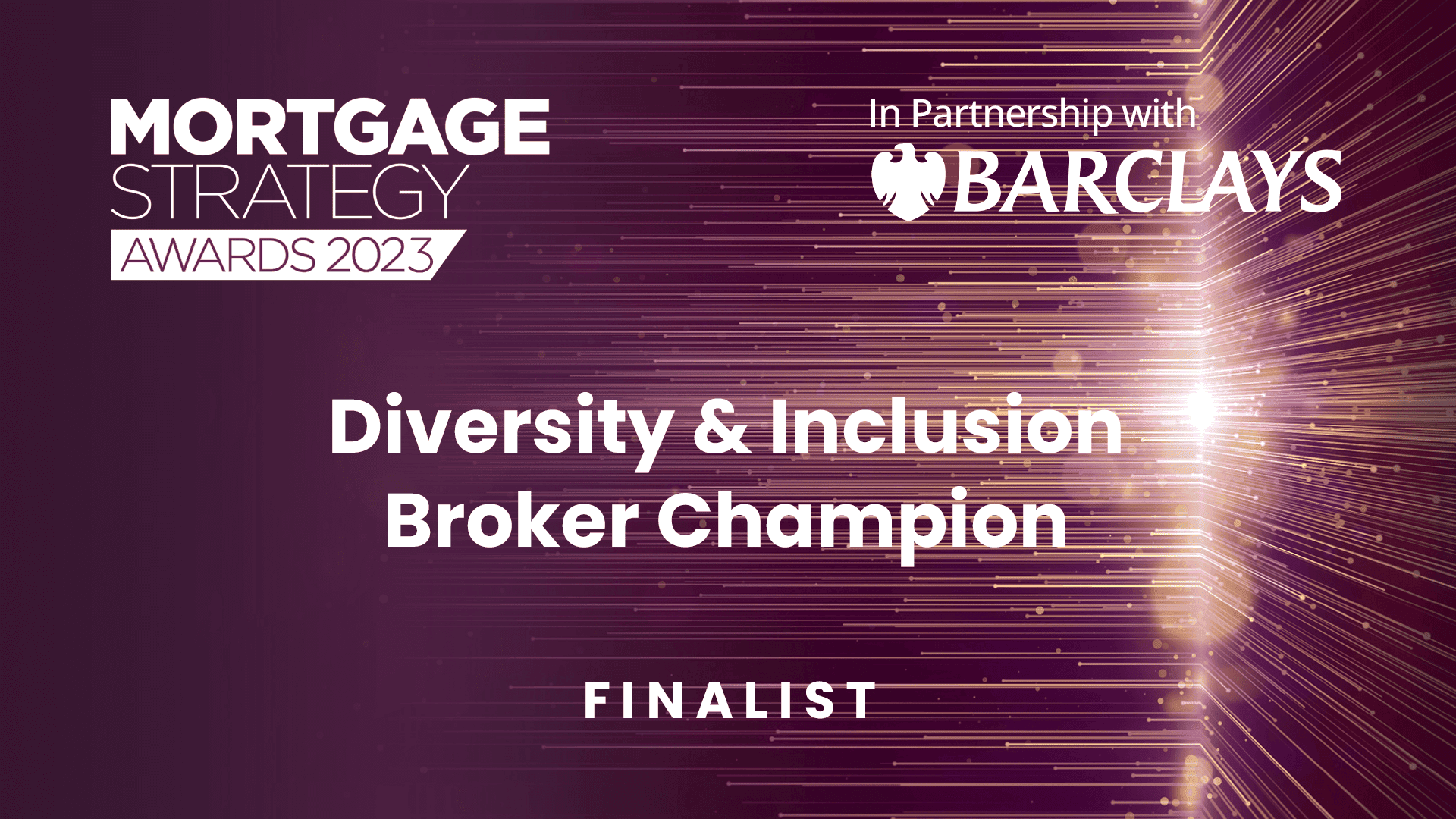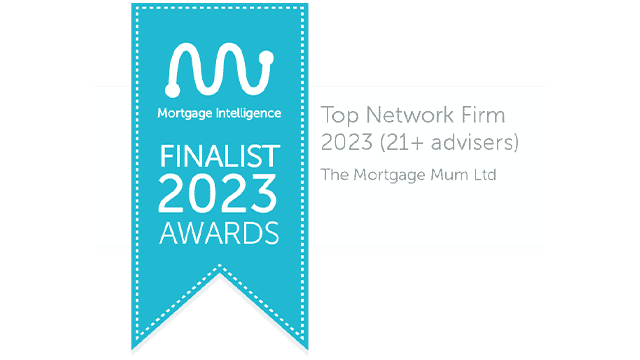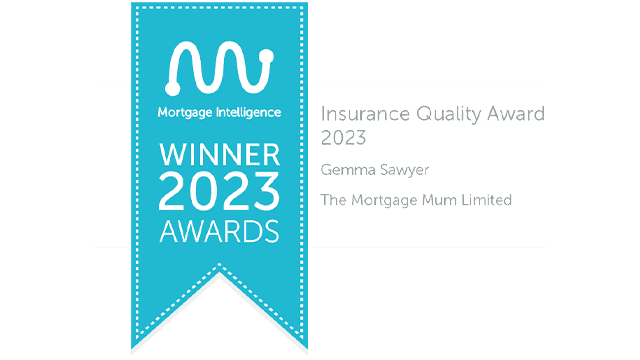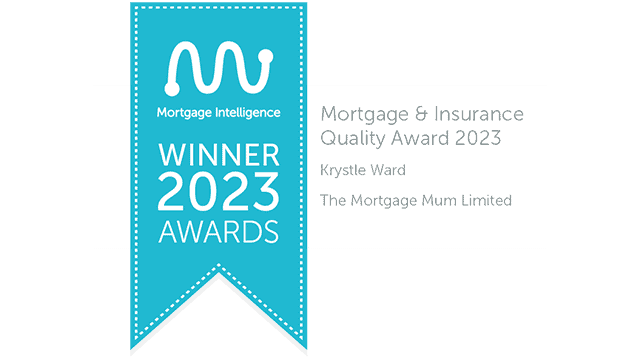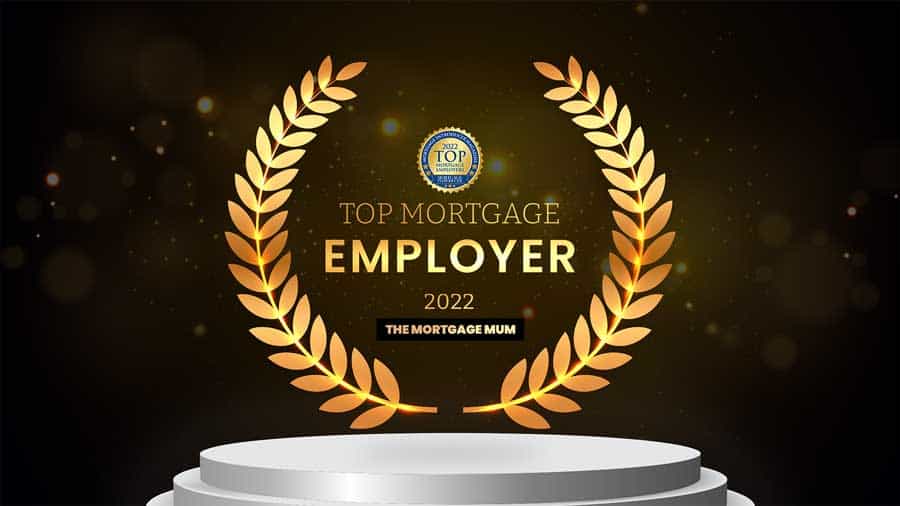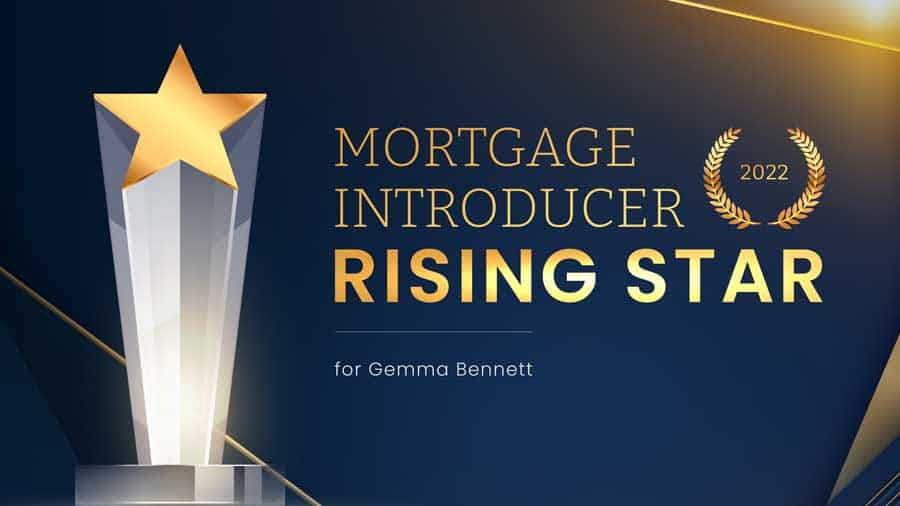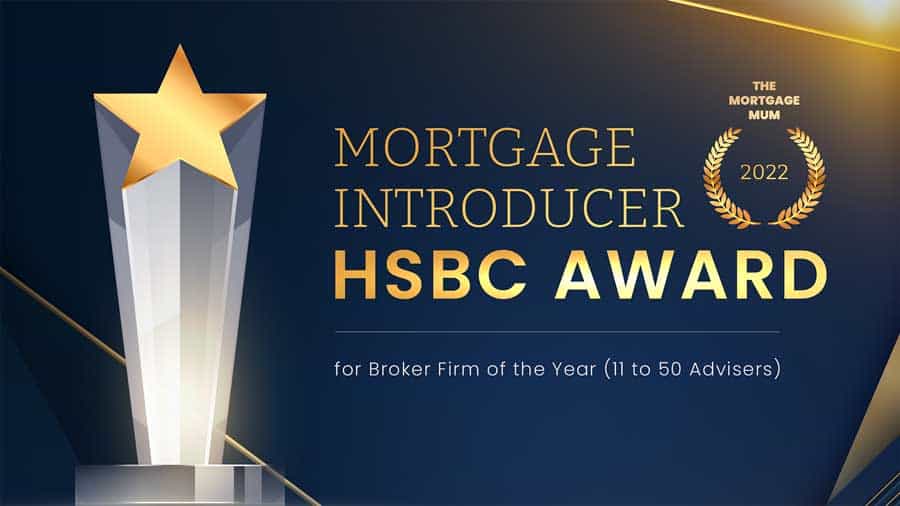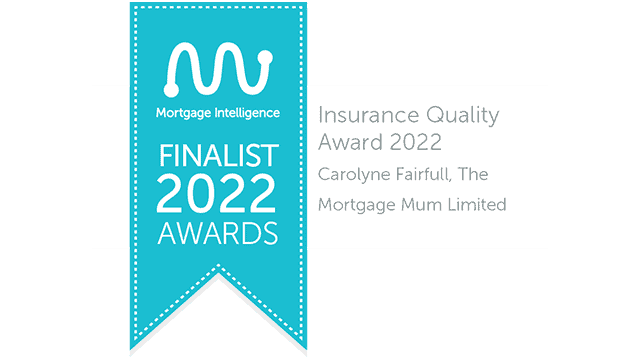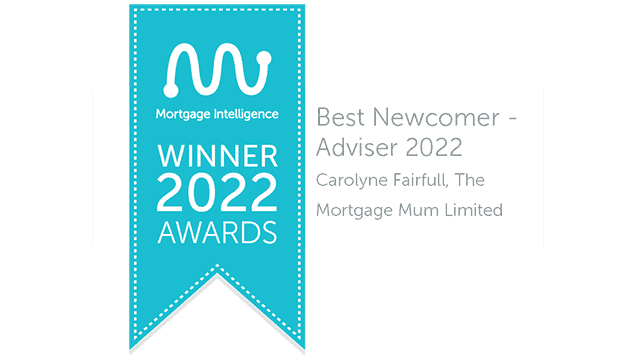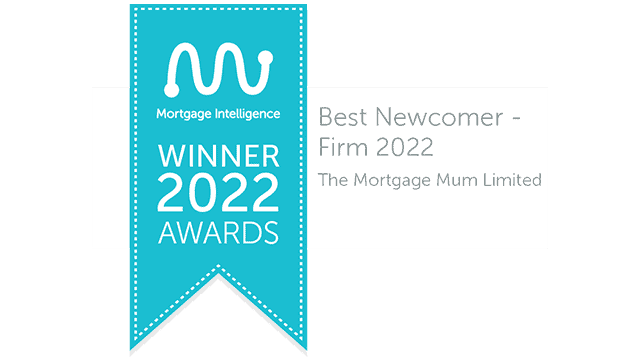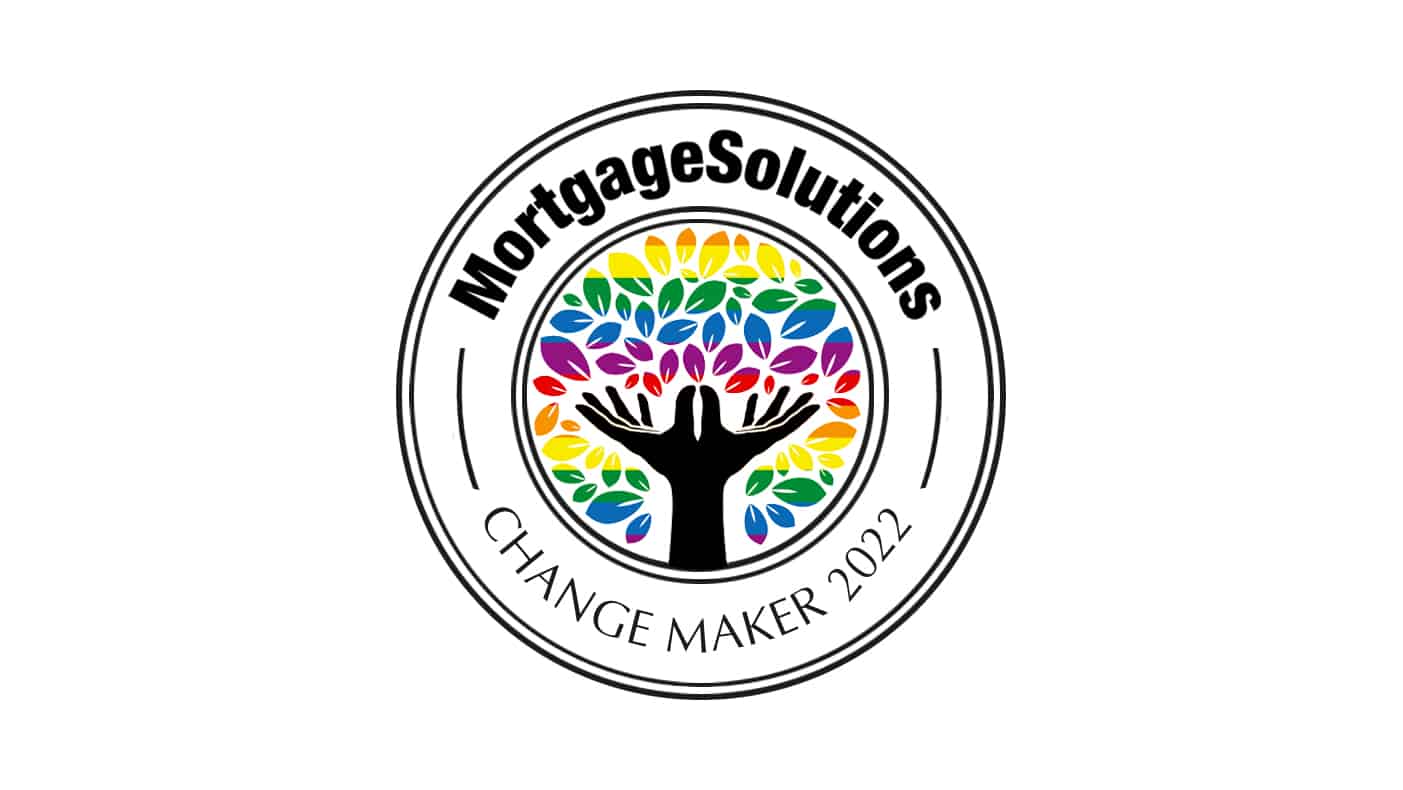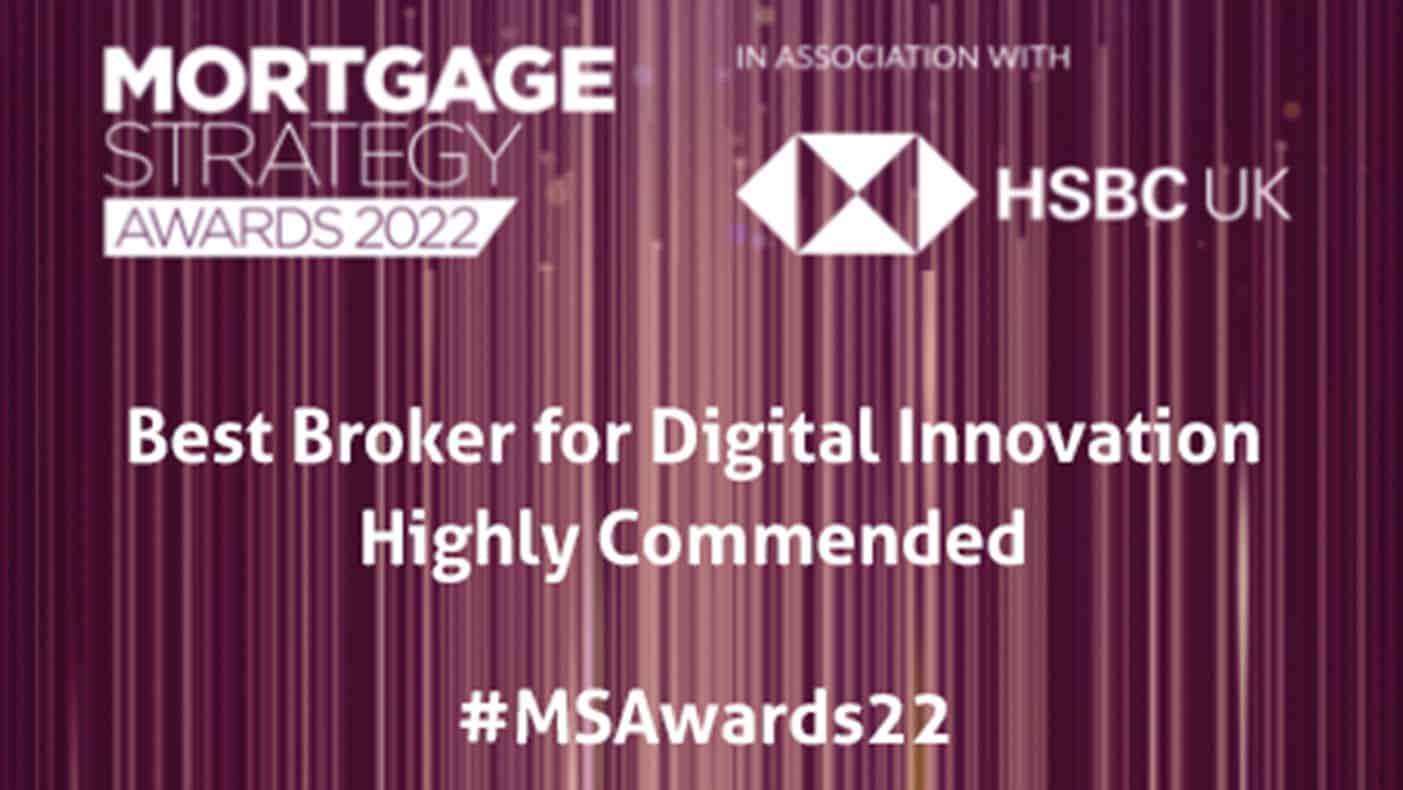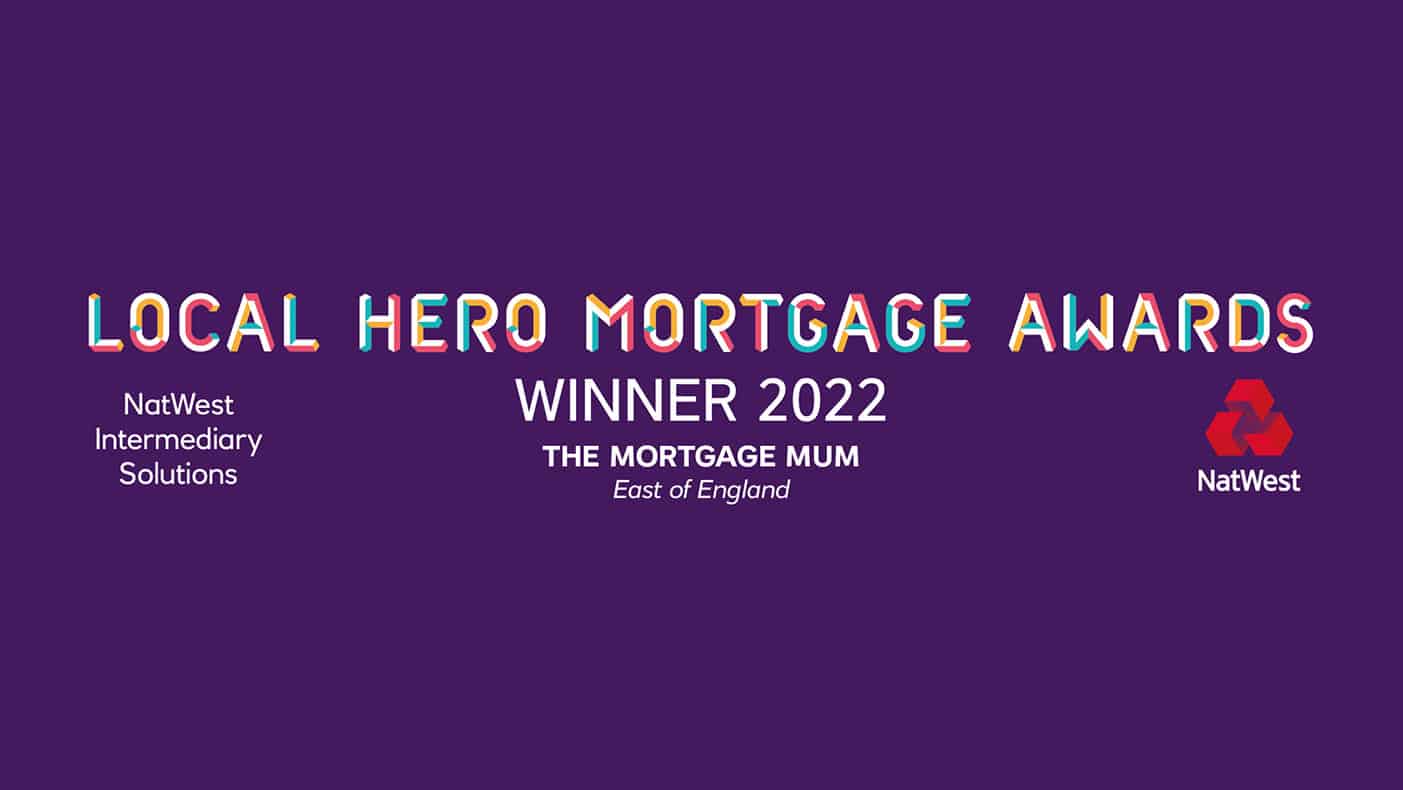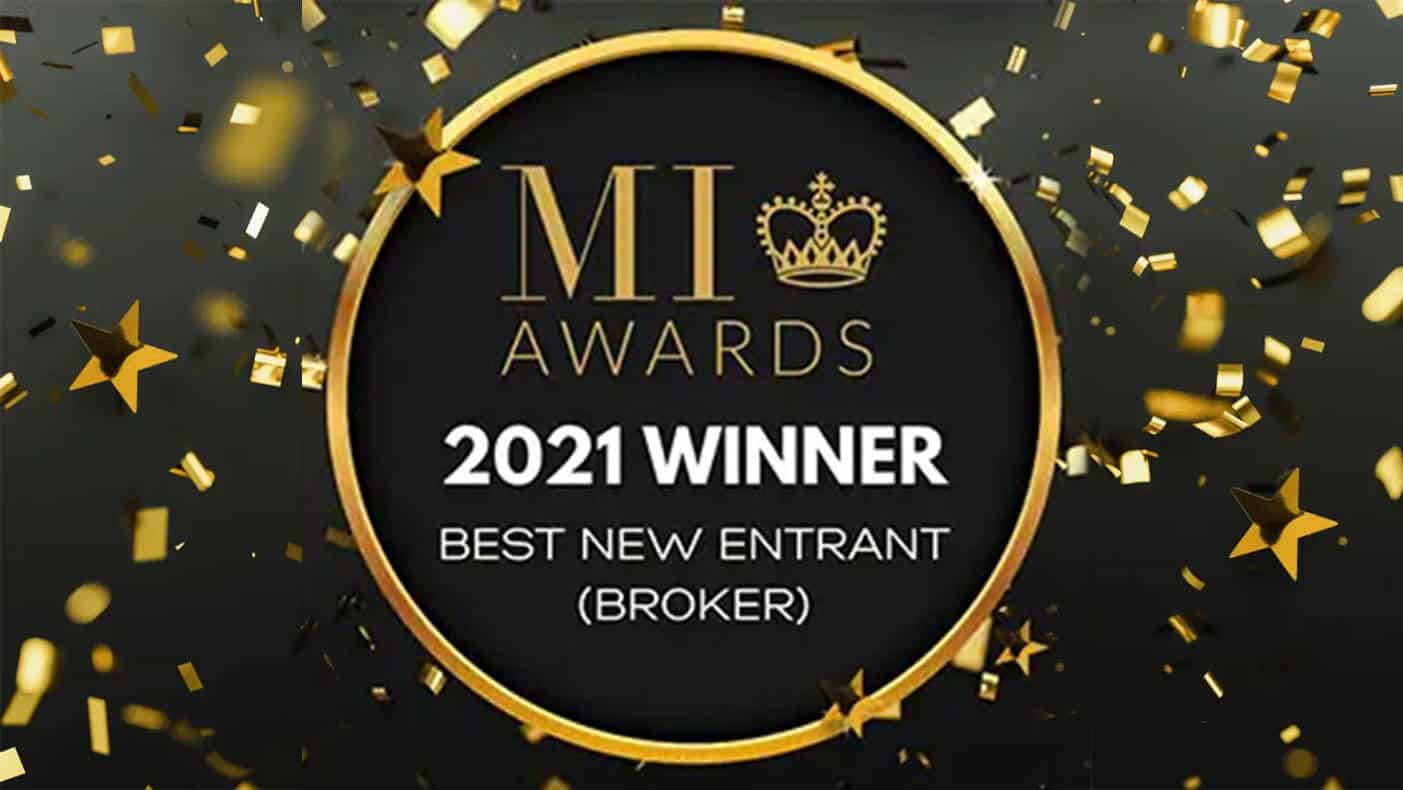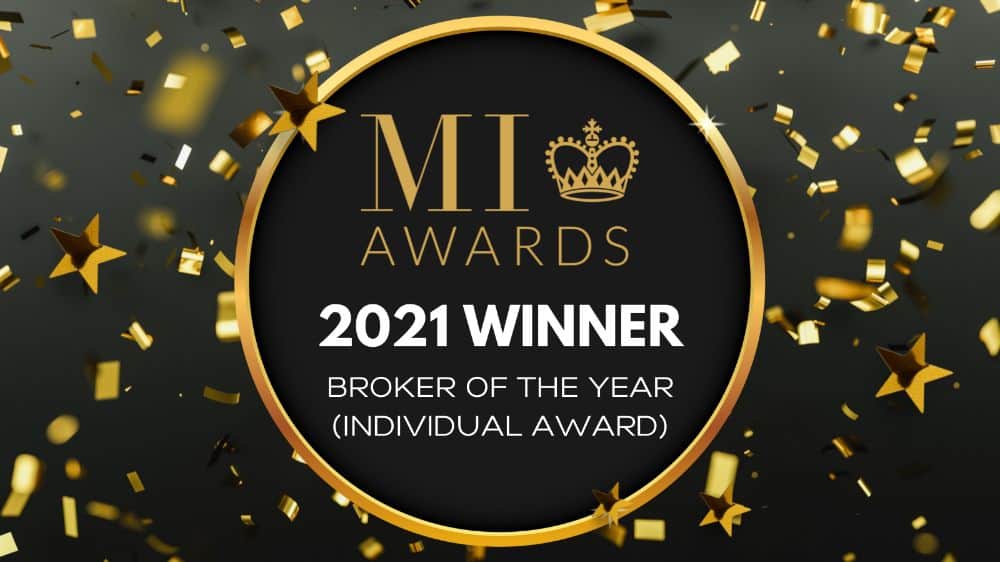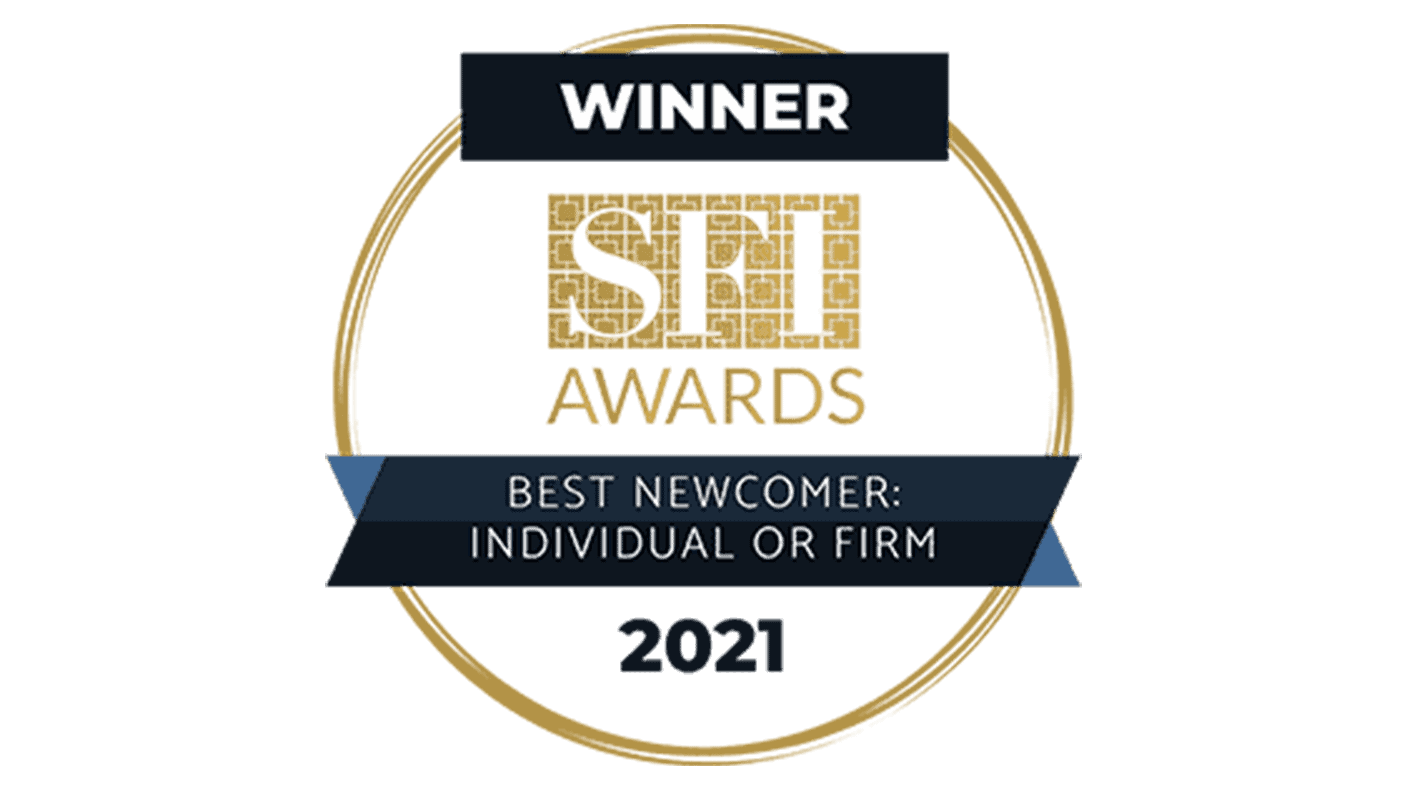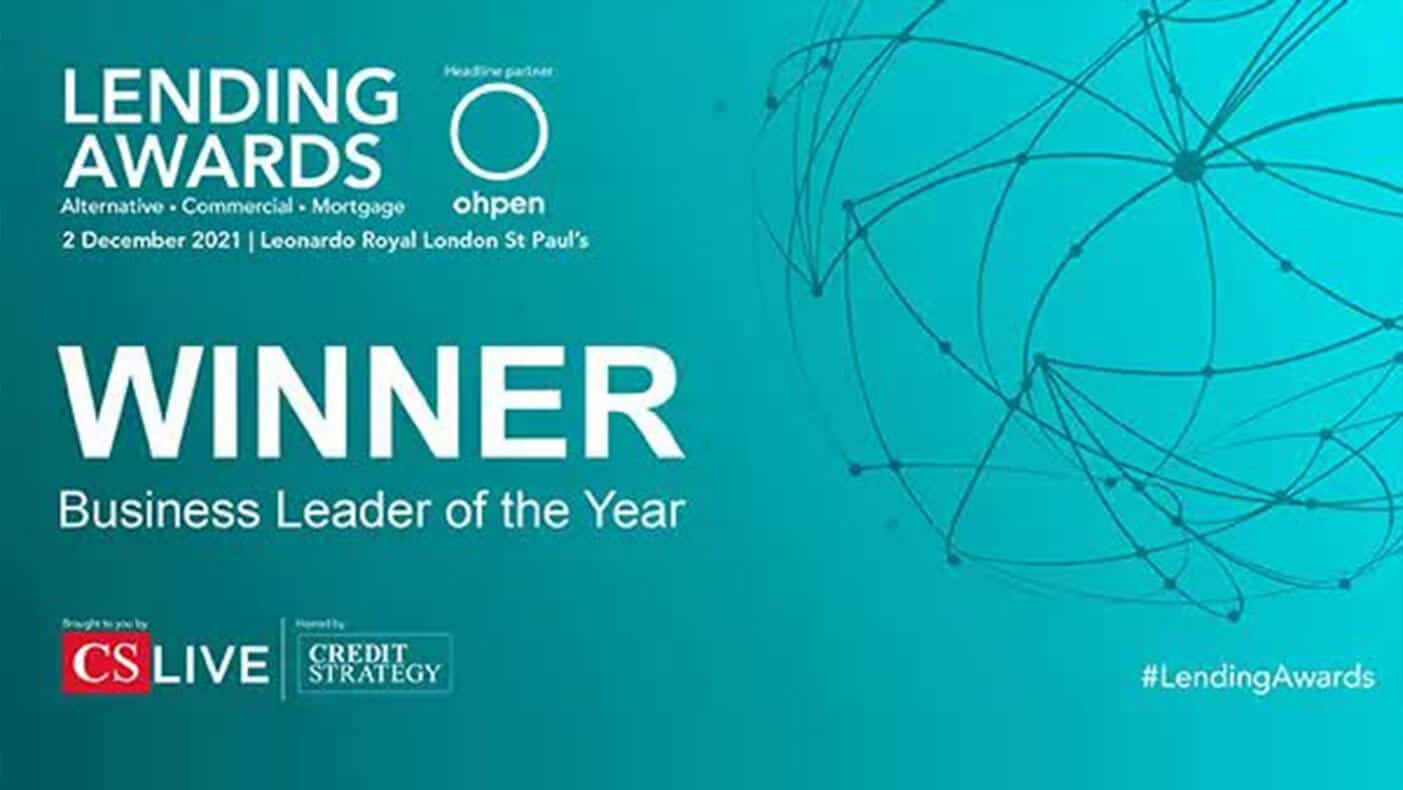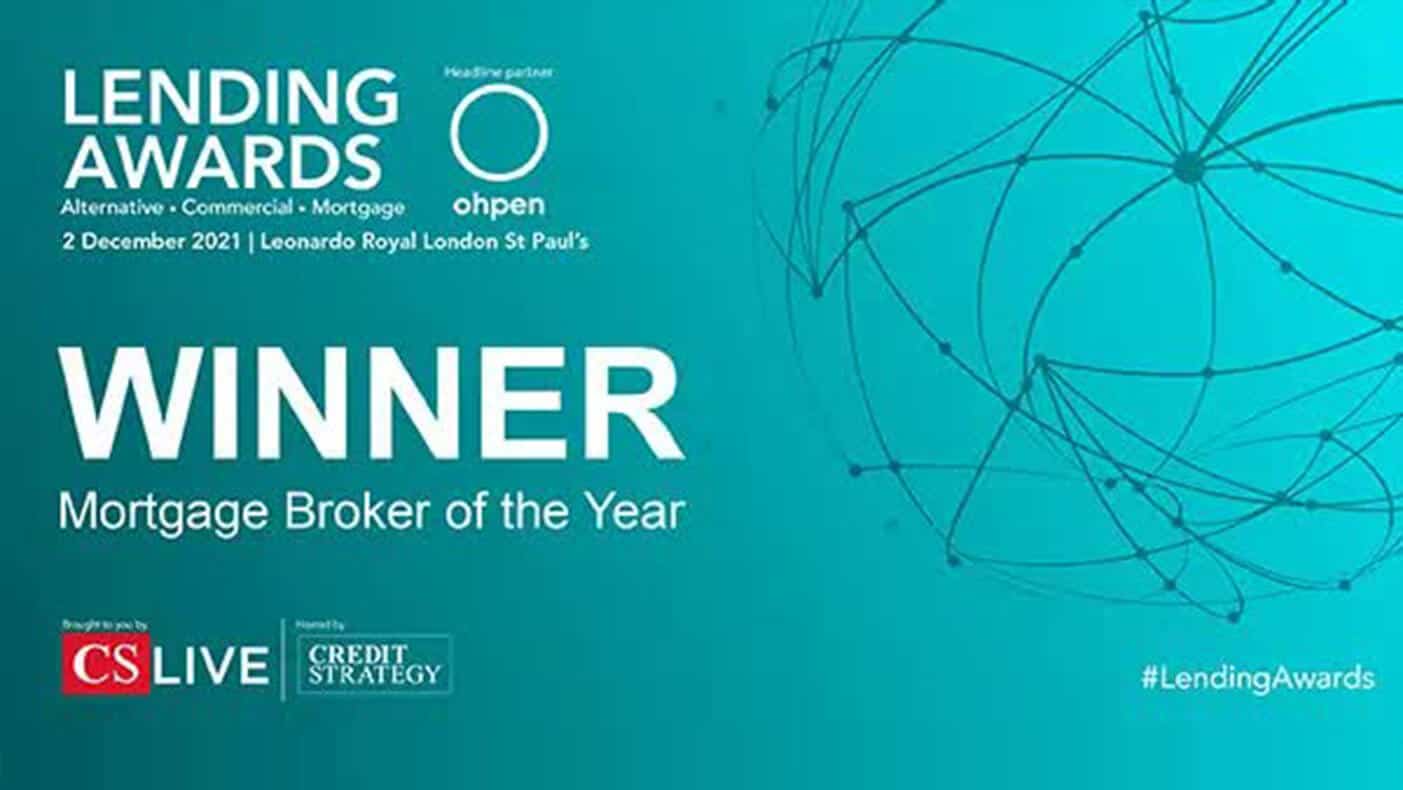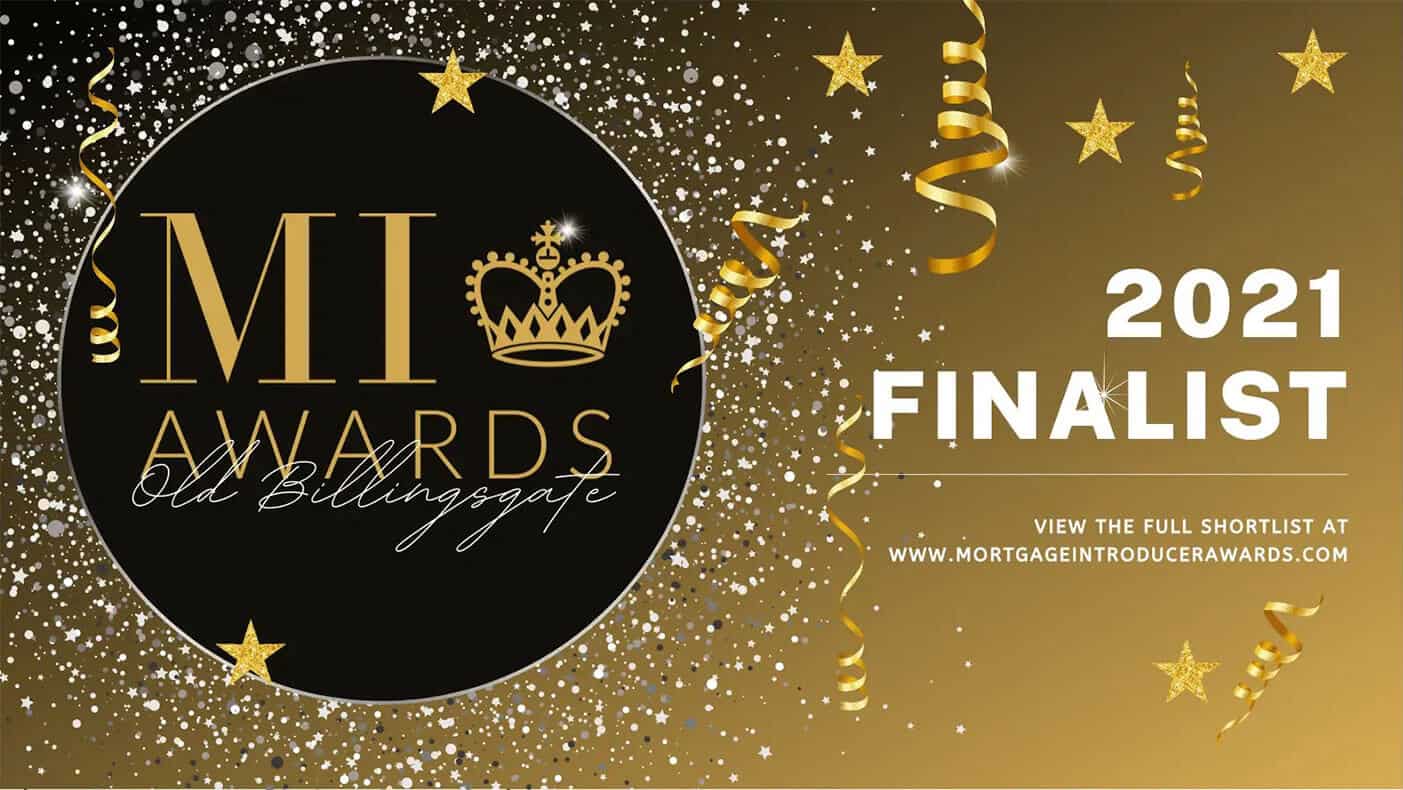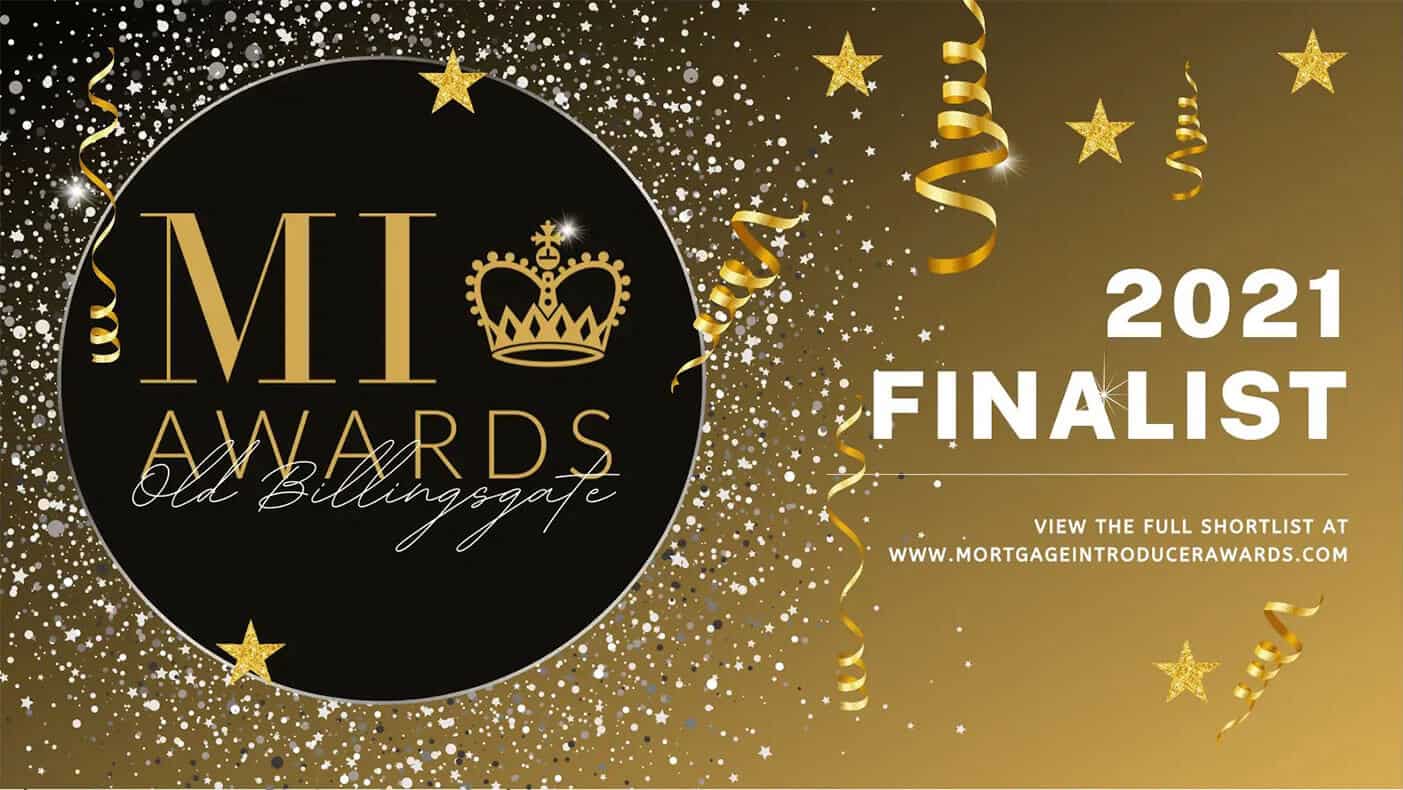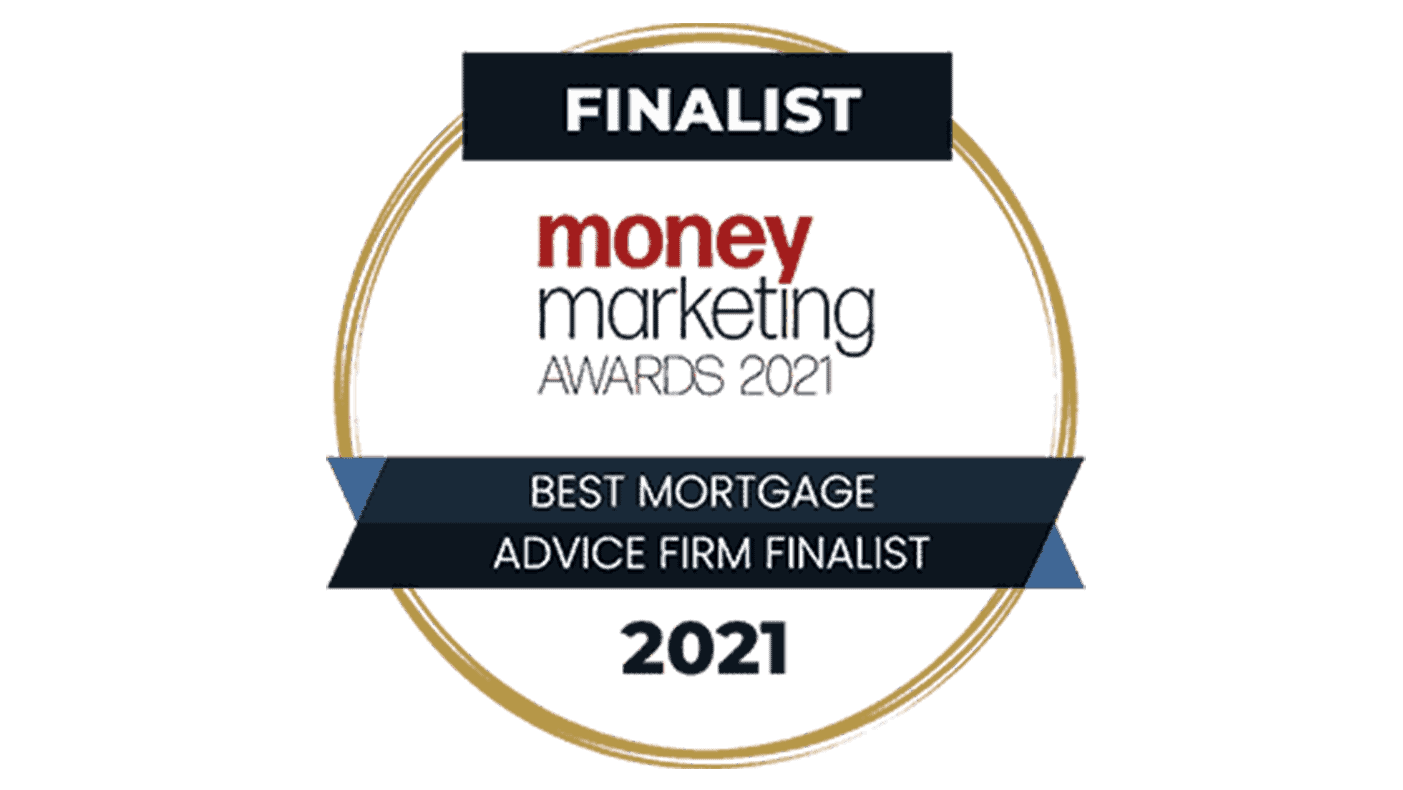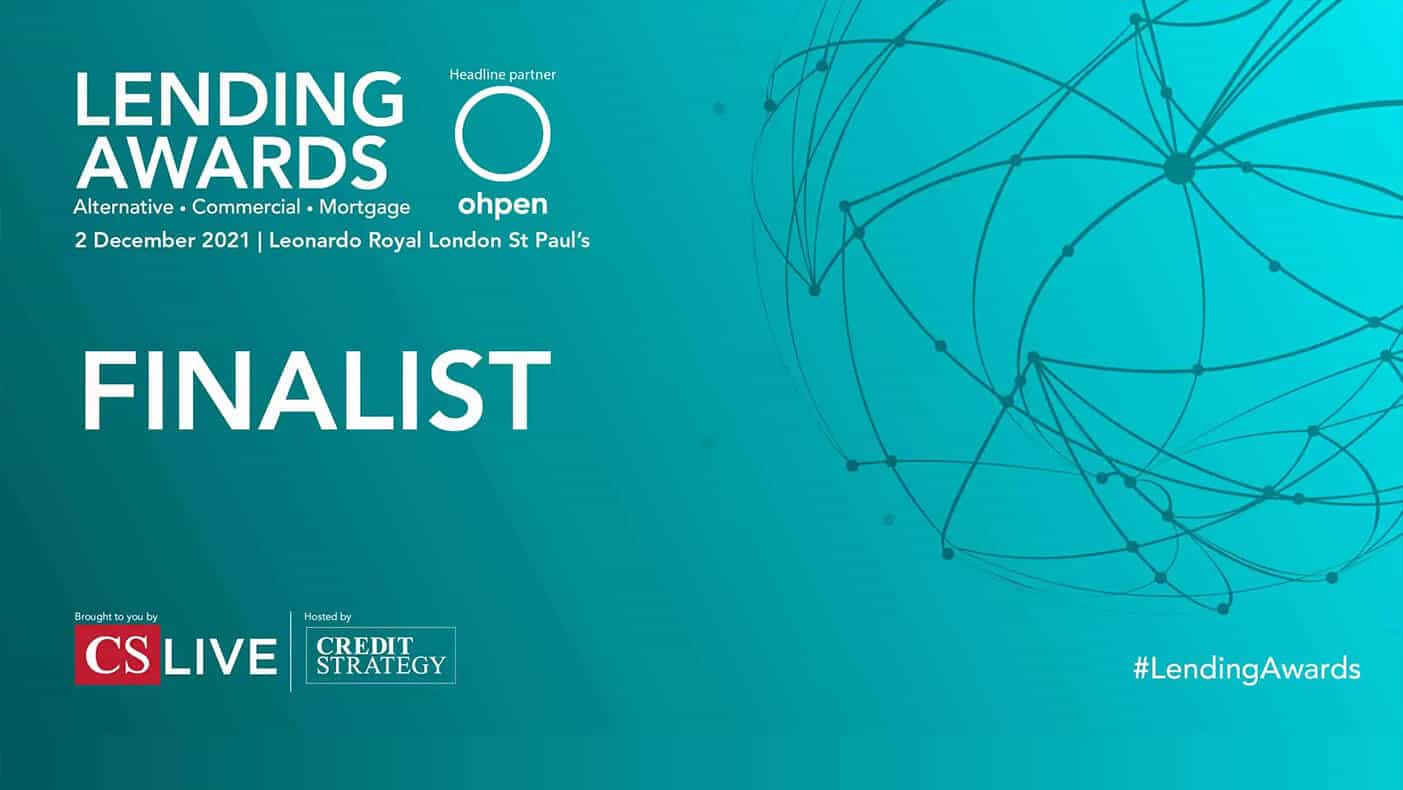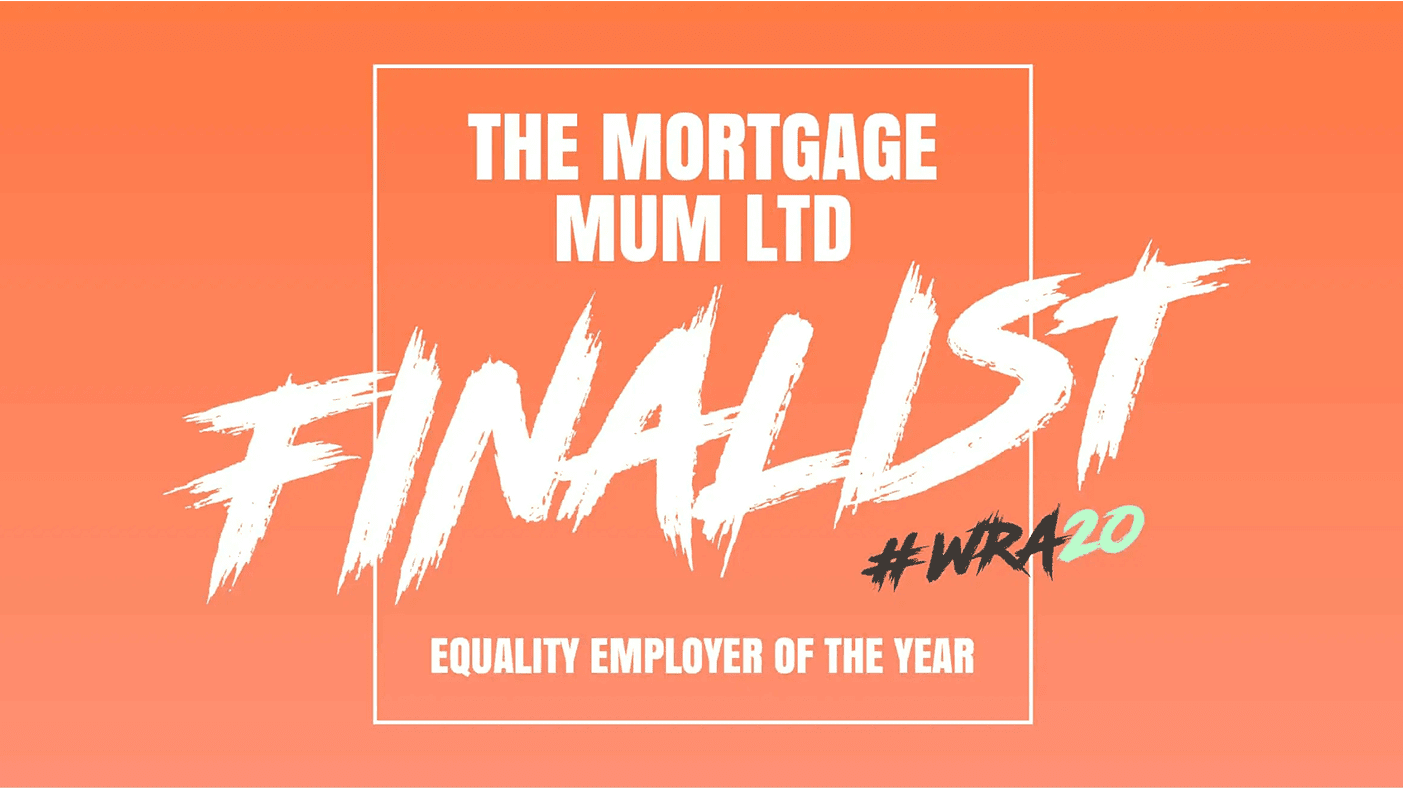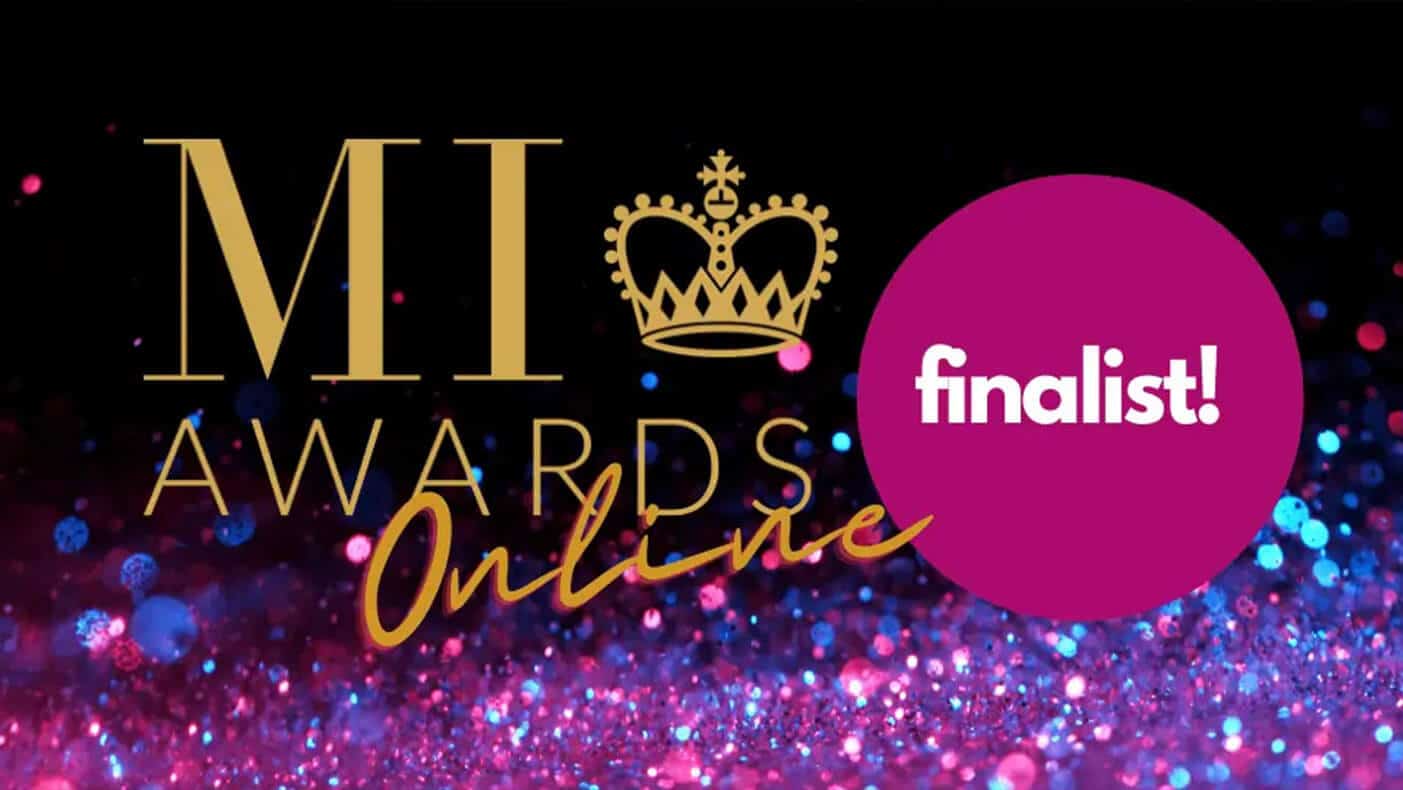Watch this video about Buy-to-Let and Property Investment on my YouTube channel and read below for the full transcript…
Hello, and thank you so much for joining The Mortgage Mum.
I want to talk to those of you who are interested in investing in property. It’s become a really popular thing to talk about at the pub and to discuss with your friends, whether you’re going to buy a buy-to-let property. And even if you’re not on the property ladder, it’s something we’re seeing more and more of that first time buyers are becoming first time landlords too. So what do you need to know about the buy-to-let mortgage? So, first of all, if you are not on the property ladder or you don’t own the property that you want to rent, you’re going to need a bigger deposit. We’re talking about 25% deposit, ideally for a buy-to-let mortgage. Now, if you have a property already that you’re living in, but that you want to rent out, maybe to buy something else to live in, or maybe not, then you can do something called a consent to let.
And in that case deposit isn’t really the factor. To get a consent to let you’re going to need to speak to your existing lender, and essentially ask for their consent to let the property. They usually charge a nominal fee to do this, and they will issue you a letter to prove that they have given you consent. That’s what a lot of us had to do back in the day, ran for me. We had a flat, it had no equity in it just because of what the market had done. And we wanted to let it out in order for us to buy this house in Leigh-on-Sea, we did a consent to let, because that was our only option at the time other than to sell it, which we didn’t really want to do. Because we were not in the best place, equity wise.
So consent to let, if you’ve already got property that you want to rent, if not, you are going to need a bigger deposit than you would do for a residential mortgage. So 25% should be your target. Now, lots of people say, how do I know if I can afford a buy-to-let mortgage? And it’s actually not about your income. So some lenders do have a minimum income. It’s usually 25,000 pounds, but lots of lenders don’t really care what you earn. They sometimes will ask questions around it. But what they’re really interested in is the property’s value, how long you’re potentially going to fix a rate for, and most importantly, the rental income. So you need to have an idea of what the properties that you’re looking at are going to rent for. And that will be what we do our calculations based on. Now. I have tried to explain this before as to how lenders calculate the rent and give you a figure as to what they’re happy to lend on, but it’s really not easy to explain in a round about figure lenders like to have the rent as 125% of the mortgage payment.
There’s some different ones that do 145%, but let’s just use the basic industry average and they stress test it on an interest rate five and a half percent. Again, there are different, but lenders do different things as always. That’s why you need a broker, but that is the industry average. So 125% at the mortgage payment at stress rate of five and a half percent. Now rates aren’t anywhere near that at the moment, but that is what they’re typically looking at. It’s best to come to a broker. Even we have to use the lenders calculators. We can’t do this thing manually either because every lender is different and has different things around it. And it really depends on if you’re a higher rate tax payer or a lower rate tax payer, as well as how long you’re thinking of keeping the rate for. So just bear in mind that when it comes to that you’re prompting and need a broker.
And that is where Google is just not going to give you that answer. However, that gives you a bit of an idea of affordability. It’s not just based on what you earn, it’s based on the potential rent for the property itself. What else do you need to know about buy-to-let I’m trying to think now, realistically you need to be thinking about why you want one. It’s definitely a very trendy thing to want to have and to be a portfolio landlord, and have lots of properties and the property portfolio, but you need to think of your long-term. Do you want it for a monthly income? And that’s fine if you do, if you do, you’ll probably be looking at an interest only mortgage, or do you want it to pass down to your family or to have as an additional property with no mortgage in the future?
In which case you might want to think about fixing it on a repayment mortgage, for example, but one of the questions we’re going to ask you is why do you want it? And what is your term plan? And that will help us give you the best advice. That is a really brief overview of buy to let, but just to give you the basics so that if you’re thinking about doing it, and you can follow these videos and get some more information, we’re going to be talking about things like Limited Company versus buying on your own buying properties at auction, and much more. So keep your eyes peeled on these videos. You can click on subscribe on YouTube or save or turn on post notifications if you’re on Instagram. Thank you so much for listening.
***
Catch up on other blog posts from The Mortgage Mum here.
Sign up to The Mortgage Mum email newsletter here.























